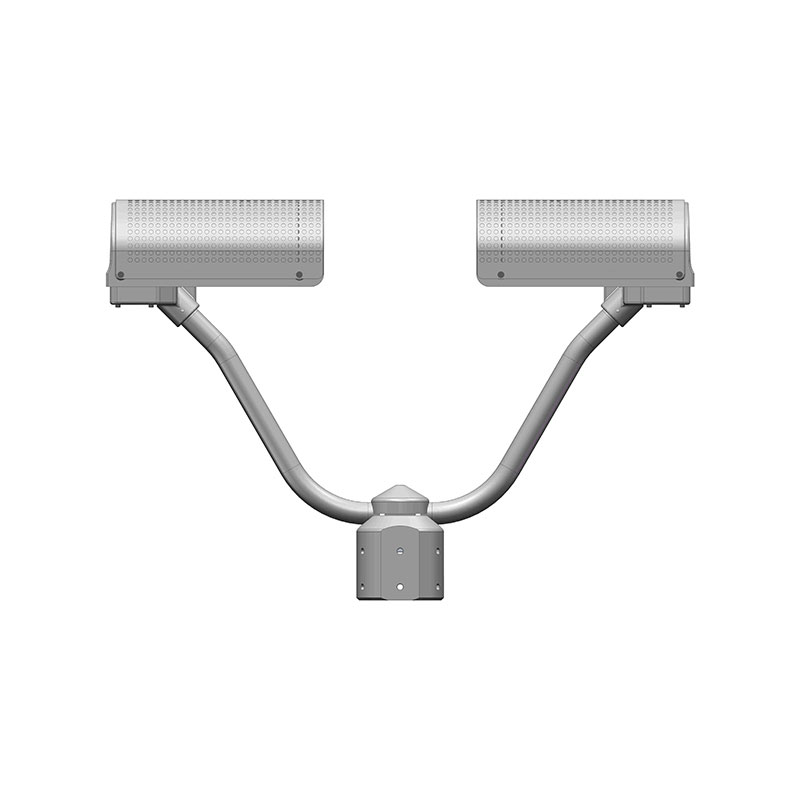Shandong Fengtu IOT Technology Co., Ltd
Sales Manager:Ms. Emily Wang
Cel,Whatsapp,Wechat:+86 15898932201
Email:info@fengtutec.com
Add:No. 155 Optoelectronic Industry Accelerator, Gaoxin District, Weifang, Shandong, China

Sales Manager:Ms. Emily Wang
Cel,Whatsapp,Wechat:+86 15898932201
Email:info@fengtutec.com
Add:No. 155 Optoelectronic Industry Accelerator, Gaoxin District, Weifang, Shandong, China

Model:FT-YD1
Brand:fengtu
1.Introduction to Precipitation Weather Phenomenon Instrument
Precipitation weather phenomenon instrument is a sensor that automatically and continuously monitors precipitation particle spectrum and precipitation weather phenomenon types. Its working principle is to actively emit infrared light bands, calculate the spectral distribution of precipitation particle falling speed and size by measuring the changes in light energy received when precipitation particles pass through the light bands, and automatically identify and output precipitation weather phenomena based on the empirical model of precipitation particle spectrum.
2. Precipitation weather phenomenon instrument features
Precipitation weather phenomenon instrument adopts integrated design, compact size and easy installation; stable performance, accurate data and strong environmental adaptability; unique splash shields are covered on the transmitting and receiving ends to effectively prevent precipitation particles from splashing into the sampling area; professional application software is optional to receive instrument observation results and graphically display raindrop spectrum; calibration device is optional.
3. Application fields of Precipitation weather phenomenon instrument
It is suitable for scientific research institutes, artificial weather modification and other fields. It can effectively monitor precipitation types and provide early warning for disaster prevention and mitigation.
4. Precipitation weather phenomenon instrument technical parameters
| Physical specifications | ||
| Dimensions (length, width, height) | 660mm×450mm×120mm | |
| weight | ≤7kg | |
| Measuring performance | ||
| Measuring range | Particle size (liquid) | 0.2~5mm |
| Particle size (solid) | 0.2~25mm | |
| speed | 0.2~20m/s | |
| Measurement error | ±5% (liquid), ±20% (solid) | |
| Particle size distribution | 32 particle size levels, 32 speed levels | |
| Precipitation Type | Drizzle, rain, sleet, snow, hail, varying in intensity | |
| Precipitation type recognition accuracy | Automatic recognition rate is greater than 90% | |
| Precipitation intensity | 0~999 mm/h | |
| Weather Code (Output) | WMO4680 (default), optional WMO4677 or NWS | |
| Weather code output interval | 60s (default), 10s~60min adjustable | |
| Electrical properties | ||
| power supply | DC12~24V | |
| Power consumption | ≤4W@24V (not heated), ≤80W@24V (heated) | |
| Communication interface | RS232/RS485 | |
| Environmental adaptability | ||
| Operating temperature | -40~50℃ | |
| Operating humidity | 0~100%RH | |
| Storage temperature | -40~50℃ | |
| Storage humidity | 0~100%RH | |
| Protection level | IP65 | |
When we visit some parks and scenic areas, we often see an electronic screen on which real-time meteorological data, as well as negative oxygen ion and PM content, etc. are displayed. This is the Negative oxygen ion monitoring system.The Negative oxygen ion monitoring system can not only monitor the...
The deployment and use of greenhouse sensors is a very important and critical part of my country's agricultural production at present. Due to the complex and changeable environmental conditions of the greenhouse, it is necessary to select and arrange reasonably according to different needs in th...
Tea gardens are prone to a variety of pests, including common ones like the tea green leafhopper, tea geometer, tea tussock moth, black citrus aphid, and tea orange mite. The tea green leafhopper feeds by sucking the sap from tender tea shoots, causing leaves to lose greenness, wither, and hinder sh...
The Mechanical weather station is called "fixed" because this type of equipment is usually installed at specific locations, such as meteorological observation fields, airports, ports, high mountains, or remote areas, and will be permanently fixed at that position for meteorological observa...